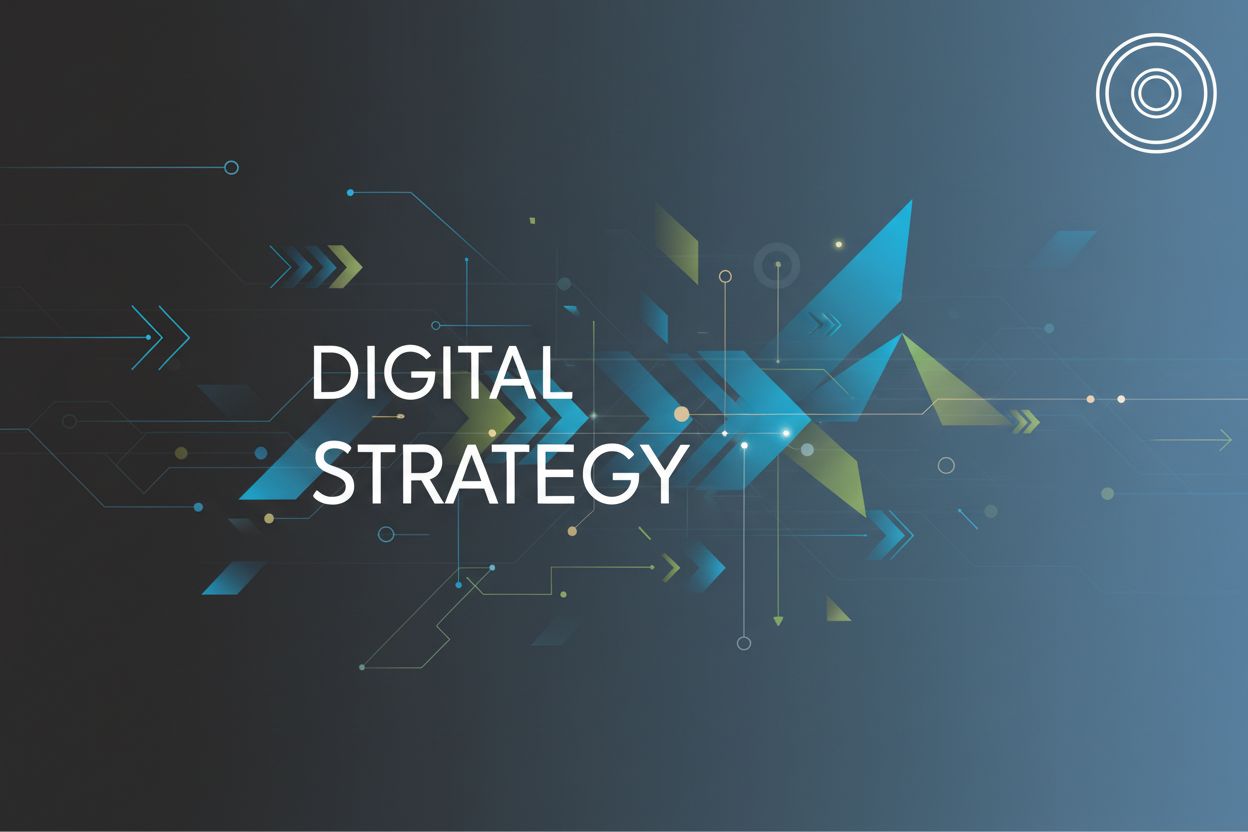Exploring the Pay-Per-Call Model in Marketing
TL;DR
Understanding the Pay-Per-Call Model
Okay, so you're probably wondering what "pay-per-call" even means, right? It's not as complicated as it sounds. Think of it like this: instead of paying for someone to click on an ad, you only pay when someone actually calls your business.
Here's the breakdown:
- It's all about the calls: Pay-per-call marketing is where businesses pay for qualified inbound calls from potential customers. Unlike pay-per-click (ppc), you're not charged for clicks that don't lead anywhere. you're paying to get someone on the line who's actually interested.
- Qualified leads are key: The goal is high-intent customers who are ready to convert. Makes sense, right? boberdoo.com emphasizes that because you only pay for qualified leads, conversion rates tends to go up. A phone call is a stronger indicator of intent than a click because it requires a more active commitment and a willingness to engage directly, suggesting a higher level of interest and a need for immediate information or resolution.
- Industries that love it: This model works great for industries where a phone call is crucial, like insurance (medicare, auto, life, health), home services (HVAC, plumbing), legal, or finance. These industries often involve complex decisions where people want to talk to a real person.
- Tracking is everything: Marketers use special software to track where the calls are coming from, how long they last, and if they turn into sales. Nimbata.com says call tracking software is the cornerstone of pay-per-call marketing.
In the next section, we'll get into the nitty-gritty of how to actually set up a pay-per-call campaign.
Benefits of Pay-Per-Call in the Digital Age
In this day and age, pay-per-call marketing offers some pretty solid advantages. It's not just some old-school tactic making a comeback; it's a relevant and effective strategy.
- Serious Buyers: People who pick up the phone, they're usually serious. They aren't just browsing, you know? They got a problem and they want it fixed, now.
- Conversion Boost: As Perform[cb] reports, calls tend to convert way better than other leads. I mean, think about it: are you more likely to buy something after a quick google search, or after talking to someone who can answer all your questions? Direct interaction allows for addressing specific concerns, building trust, and providing tailored solutions that a simple search often can't match, making it more effective for complex decisions.
- Less Fraud: Remember all those click-fraud nightmares from the early 2000s? Pay-per-call kinda dodges that because you are paying for real interactions, not bots. (Pay-Per-Call: 14 Common Questions Answered - Invoca)
Plus, you get to hear directly from your customers, learning what they really want. This direct line of communication can significantly boost your ROI and provide invaluable customer insights.
Strategic Implementation: Best Practices
So, you're diving into pay-per-call and want to make it actually work, huh? It's not just throwing up some ads and hoping for the best, trust me. It's about being smart and strategic.
Here's a few things to keep in mind:
- Mobile is king (and queen!): Seriously, if your campaigns aren't optimized for mobile, you're leaving money on the table. Most people are searching on their phones, so make it easy for them to call you right now. Think click-to-call ads, simple landing pages, the whole shebang.
- Don't put all your eggs in one basket: This concept, often referred to as channel multiplicity, means you gotta be everywhere, not just relying on Google Ads. Think paid search, yep, but also organic search, social media... the works.
- Keywords are your friends: High-intent keywords like "near me" or "service + [location]" are gold. These are the people who are ready to buy, like, yesterday.
Social media is a goldmine too. As boberdoo.com notes, slap "Call Now" buttons on those ads on Facebook, Insta, whatever your audience is hanging out, and target those ads based on what your ideal customer looks like.
Next up, we'll explore some advanced techniques and technologies that can further refine your pay-per-call efforts.
Advanced Techniques and Technologies
Okay, so you're probably thinking, "Advanced tech? what's that gotta do with getting more calls?" Trust me, it's a game changer.
- Call Tracking Software: It's not just about knowing how many calls you get, it's about knowing where they're coming from. Like, did they click on your Facebook ad or find you on Google? Nimbata.com highlights it's importance in knowing where your calls come from.
- Lead Distribution Software: Imagine you have multiple buyers for the same leads. Lead distribution software like boberdoo or LeadExec helps you send those leads to the right buyer, automatically.
- Call Capping: This is huge, especially if you're working with a budget. You can set a limit on the number of calls a buyer receives, so you don't overspend.
It's all about getting smarter about where your calls are coming from and making sure they end up in the right hands. Let's move on to how AI is being used to make calls more personalized.
Compliance, Quality, and the Future of Pay-Per-Call
Okay, so you're all in on pay-per-call, but how do you make sure you're not getting scammed or running afoul of the law? It's not just about getting calls; it's about getting good calls.
Compliance is key: Seriously, don't skip this. It's about following the rules, both legal and ethical. Think about data privacy laws, advertising standards, and making sure you're not misleading anyone. Failure to ensure compliance can lead to significant legal troubles.
Keep an eye on call sources and ads: Regularly check where your calls are coming from and what those ads actually say. If an affiliate is making crazy promises, that's a red flag.
Review call traffic: Look for weird patterns. A sudden spike in calls from a strange location? Could be fraud.
AI and machine learning: These are gonna get bigger, using ai, you can analyze calls in real-time, personalize the caller experience and help qualify leads.
Integration with new tech: Think voice search optimization, better call tracking, and even augmented reality (ar) experiences that prompt calls.
Adapting to how people change: People's behavior changes, and so, you should change with it. Younger folks might prefer texting at first, then calling. Businesses can adapt by implementing multi-channel communication strategies that seamlessly transition from text to call, ensuring they meet customers where they are and guide them through the most effective communication channel.
It is important to remember that pay-per-call is constantly evolving, so stay informed, adapt, and always prioritize quality and compliance. As Nimbata.com highlights, phone calls are still a huge source of high-quality leads, and with the right approach, you can tap into that potential.




